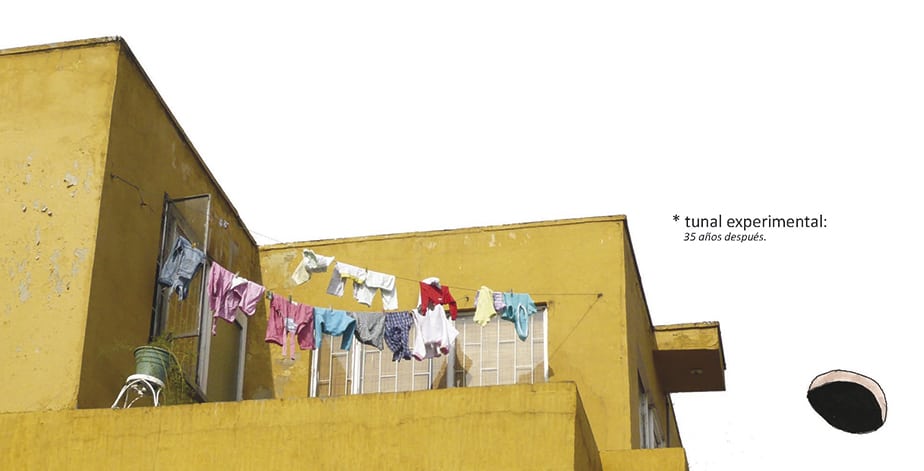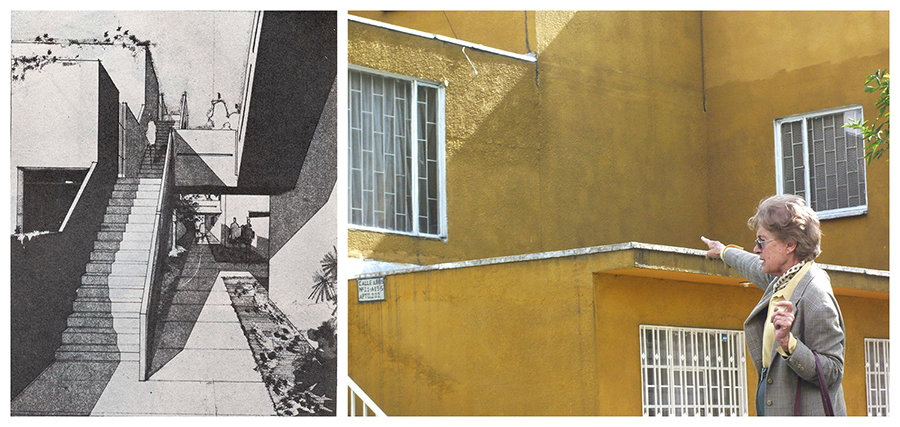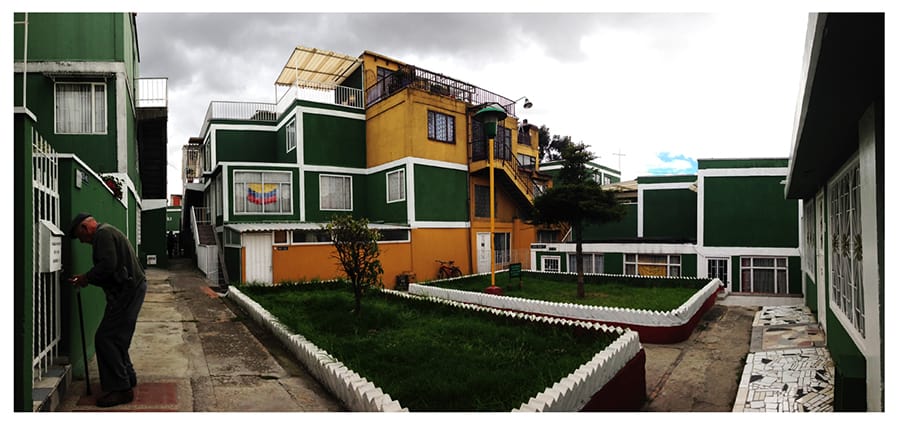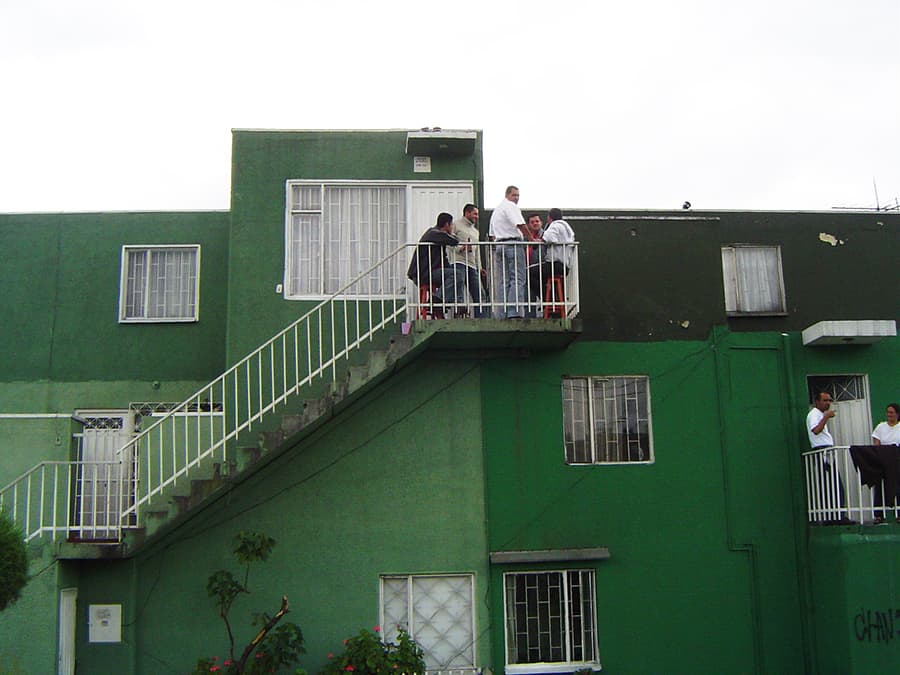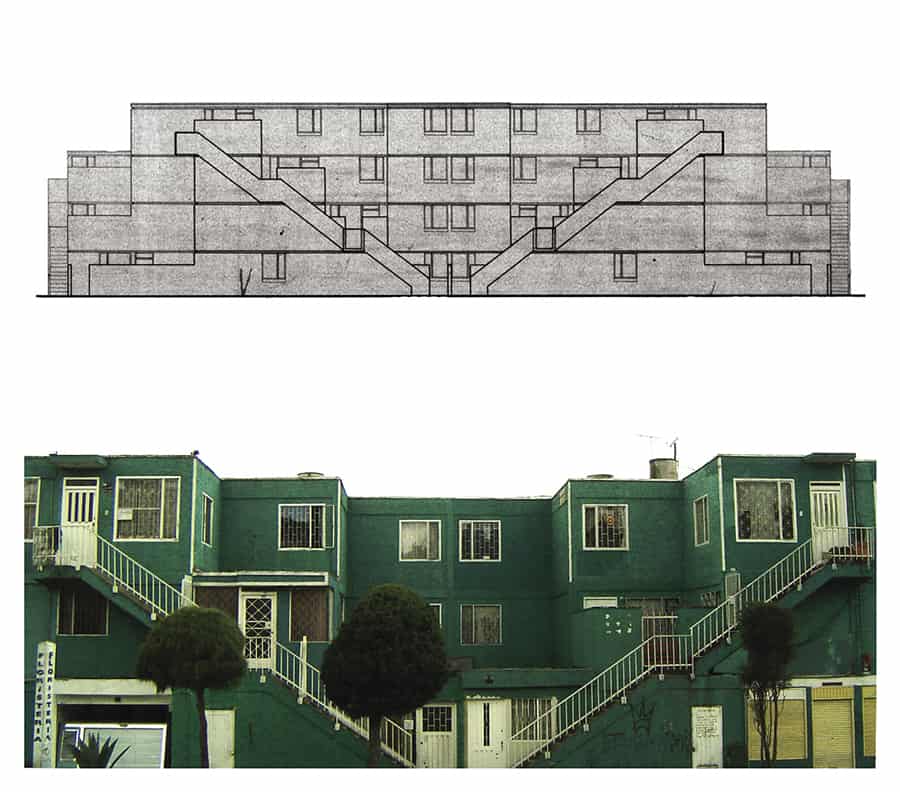Tunal Experimental, 35 years later
The Colombian social housing experiments of the 1970´s.
2008
On September 15th of 1972, the “Unidad de Poder Adquisitivo Constante” enterd into force, a policy that would mark the beginning of a new era in housing politics in Colombia1. The state would gradually hand over the responsibility of planning and building affordable housing to the private sector. This process started in the seventies, but public agencies charged with the production of social housing would remain involved for two more decades, until the constitutional reform of 1991 and the introduction of housing subsidies.
Paradoxically, 1972 was also the year in which the construction of Tunal Experimental was completed, a project developed by the Instituto de Crédito Territorial (ICT: 1939-1990) in search of a model capable of being replicated all over Colombia, which was struggling with an ever more alarming housing deficit. The experimental ICT project is a singular case. Conceived as a model to be used all throughout the country, it was created on the margins of the normal conditions of social housing production. Only two pilot projects would be built, Tunal and Kennedy, both in the city of Bogotá, and were intended to demonstrate the advantages of the proposed construction system. Maybe it failed because it arrived in a time where housing politics was changing its course. Maybe it would never have been further developed, as it failed to respond to the pressure of rising land values, market demands and expectations of cost effectiveness. Still, the built example survives, and El Tunal Experimental stands out as a small material manifest of intentions.
1 The UPAC was a credit system with low interests that was implemented as part of the strategical development plan “El Plan de las cuatro Estrategias” (the Four Strategies Plan) of Misael Pastrana Borrero´s goverment (1970-1974). This plan was based, almost in its entirety on the proposals of the English economist Lauchlin Currie, for developing countries, exposed in his book “Accelerating Development: the Necessity and the Means” (1966). “The Four Strategies Plan (…) was presented at the end of 1971, and published as book in 1972. Halfway the administration term however, the plan would not have been debated in Congress, nor were the necessary formalities prepared for its conversion into the set of legislative bills that would allow for its taking into force. So, one can affirm the plan, as a coherent set of proposals, would never be fully implemented.” Taken from: Cánfora Argandoña (2006).
